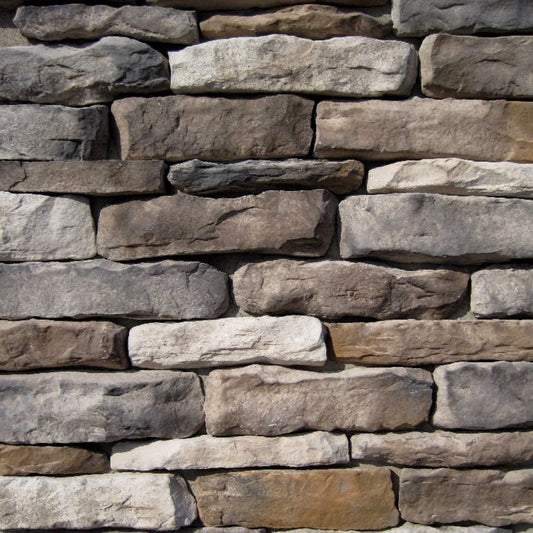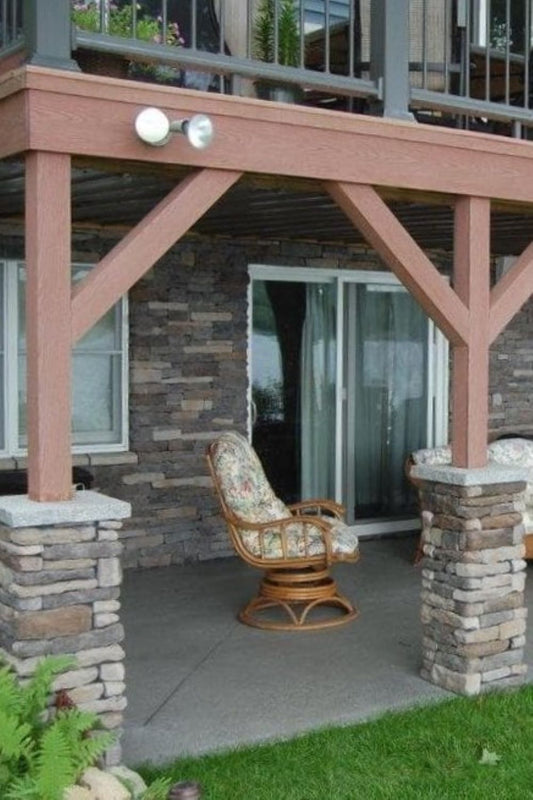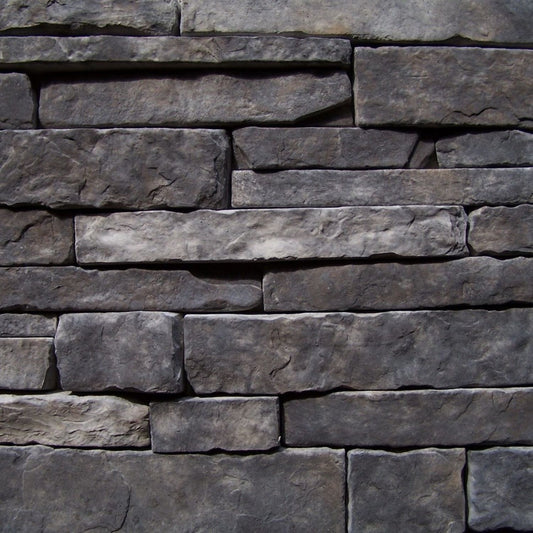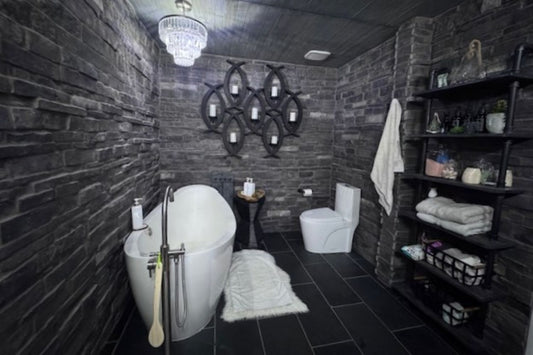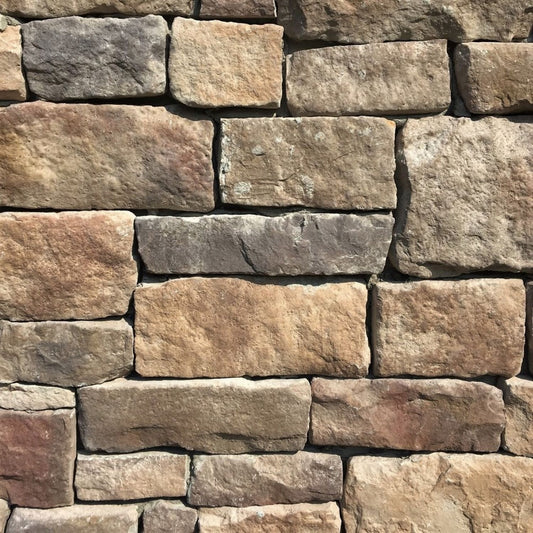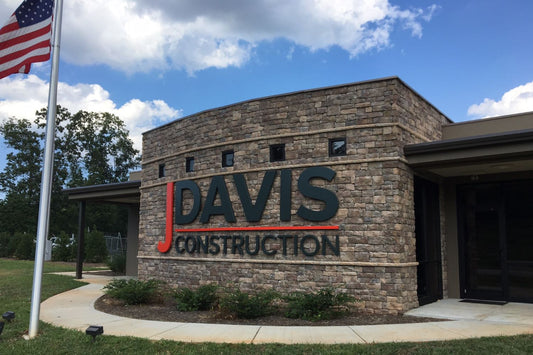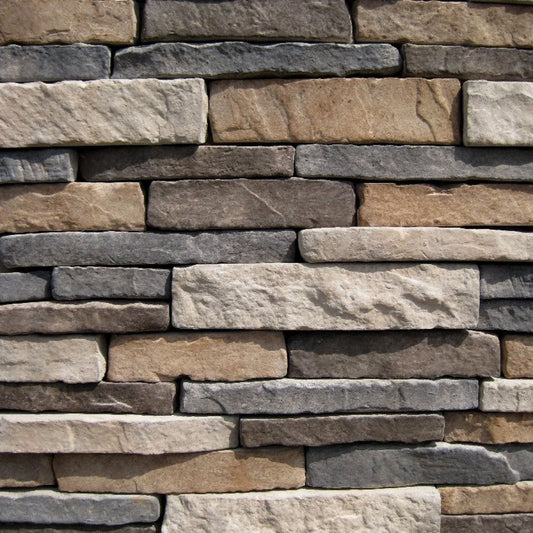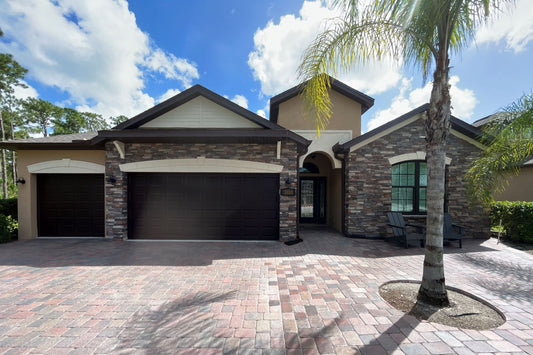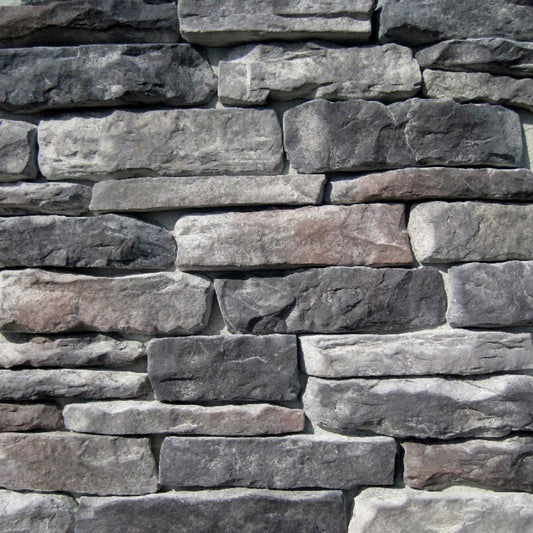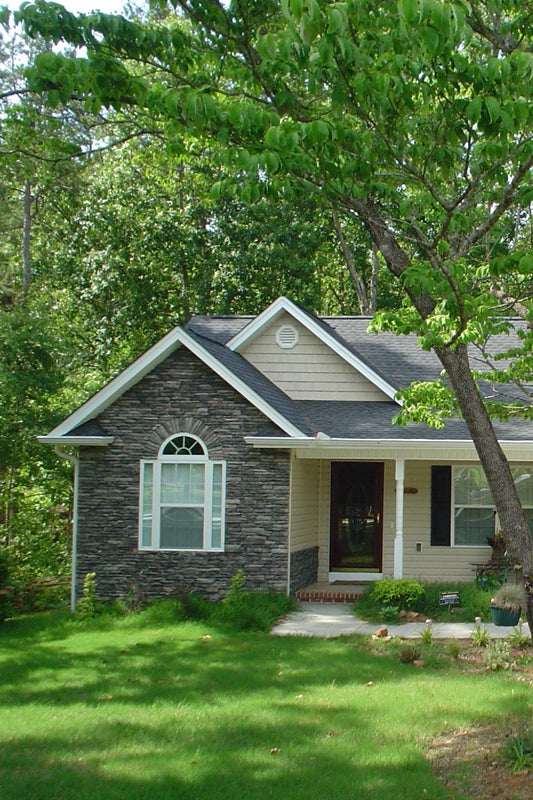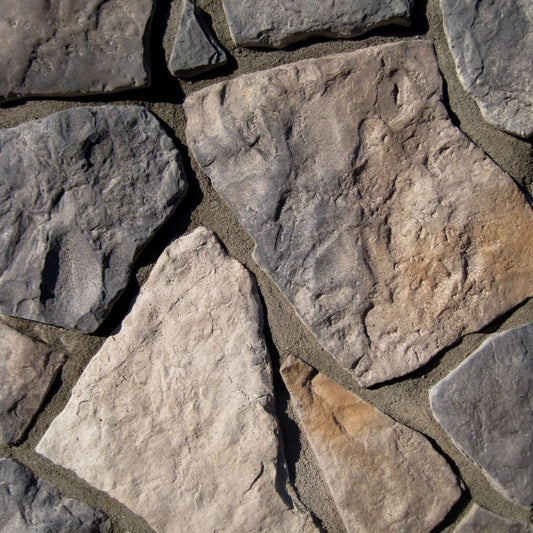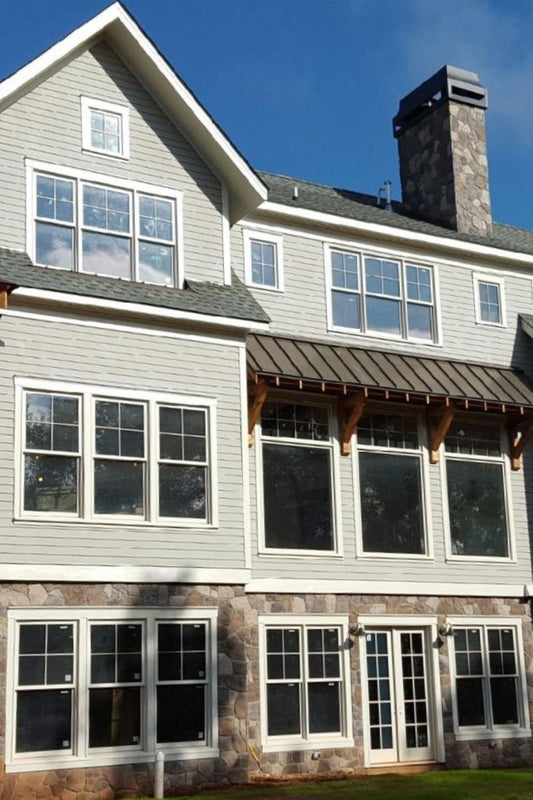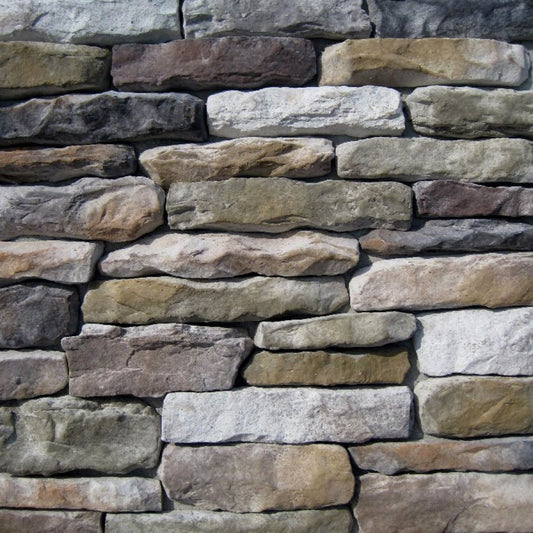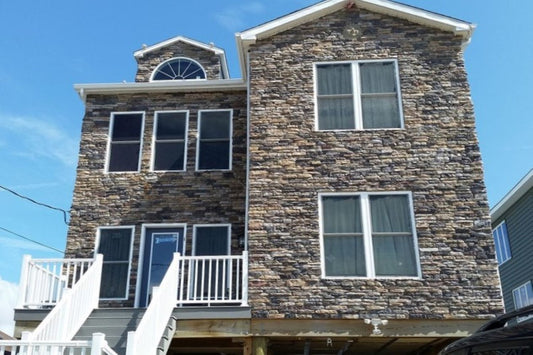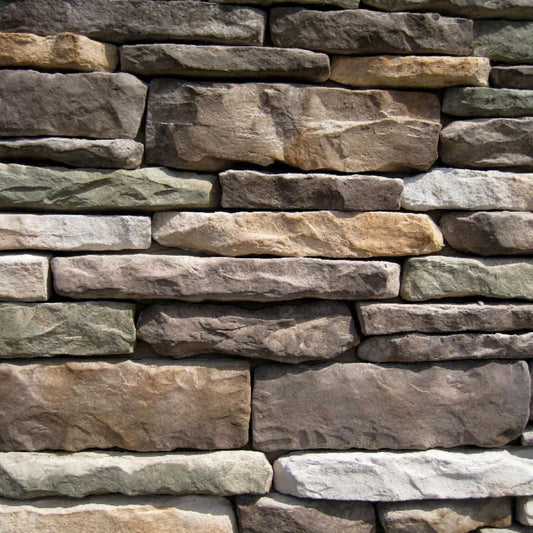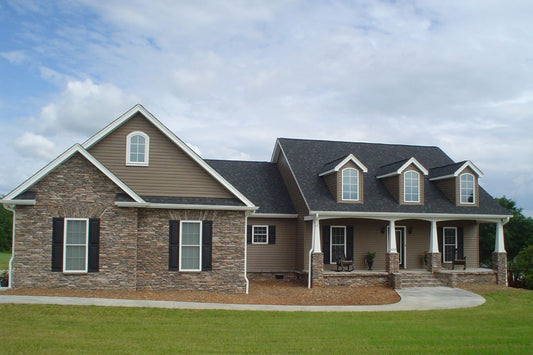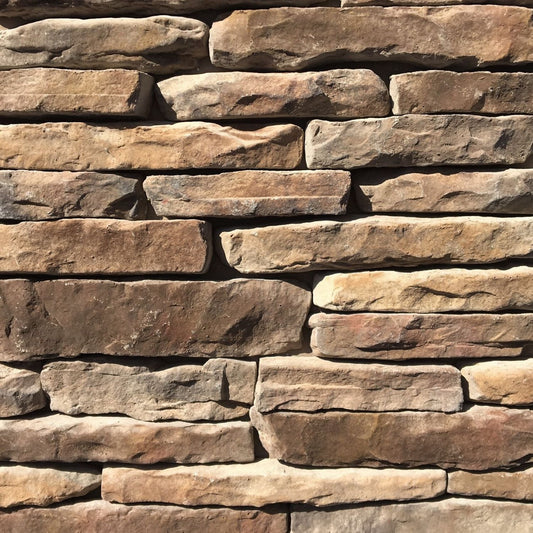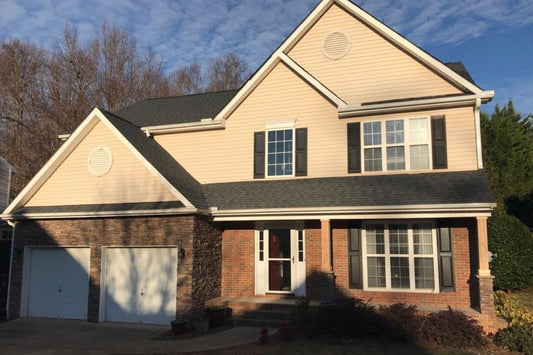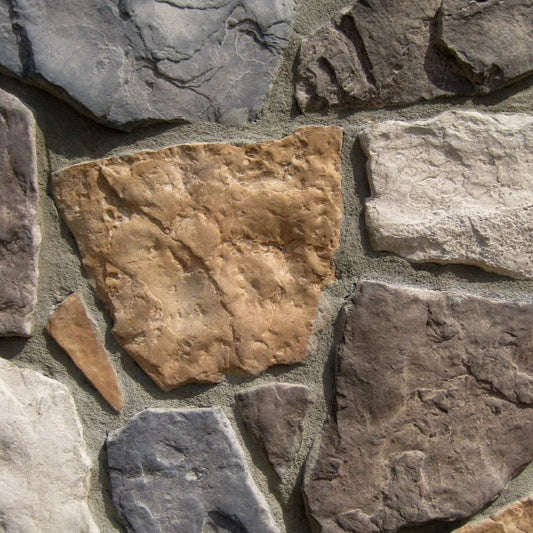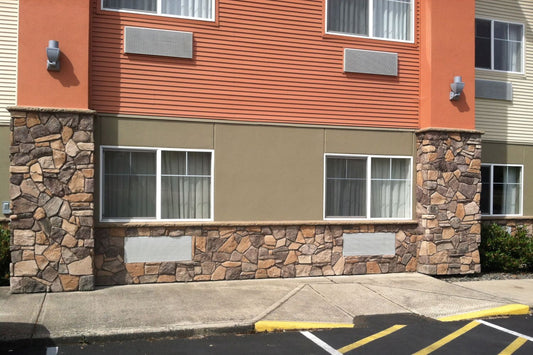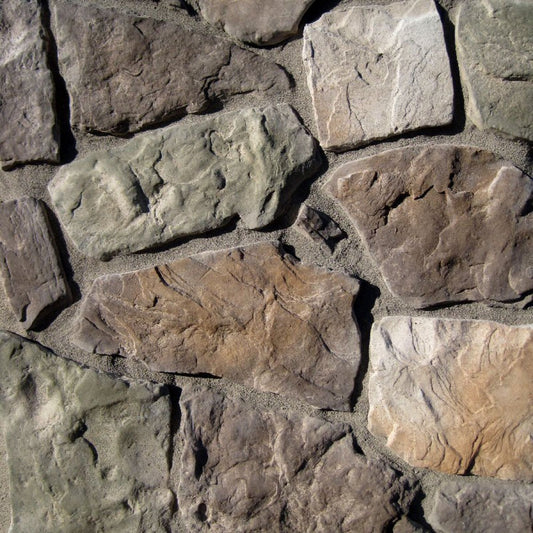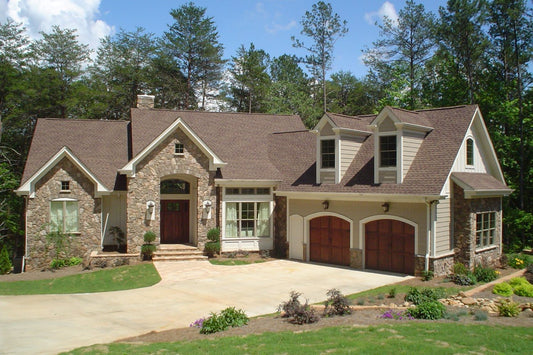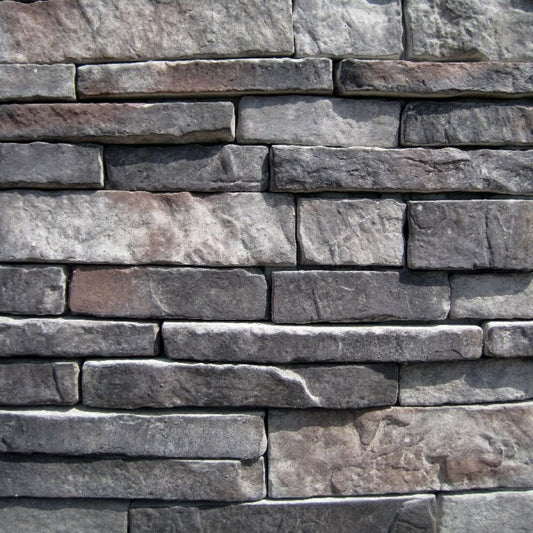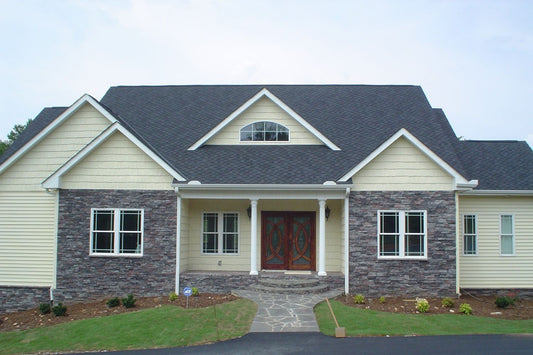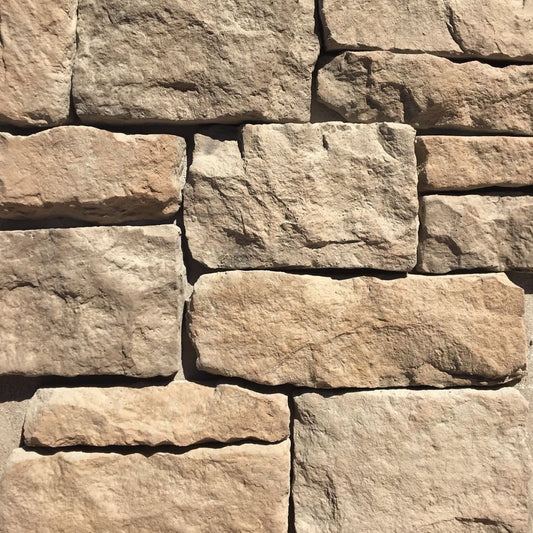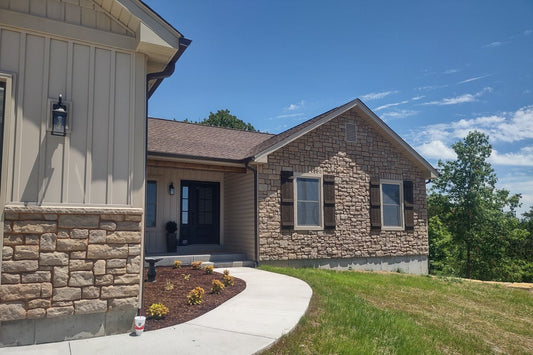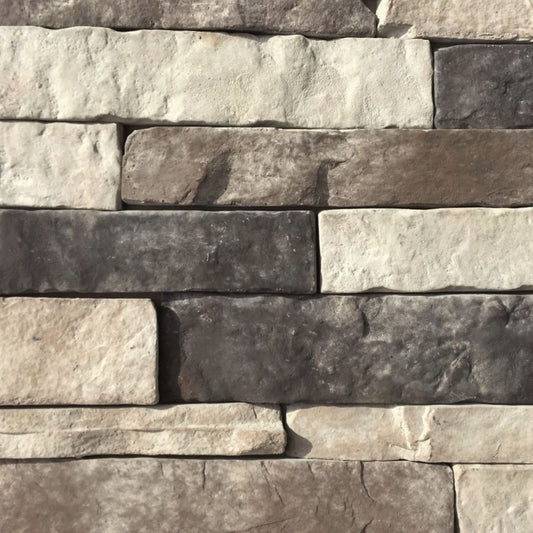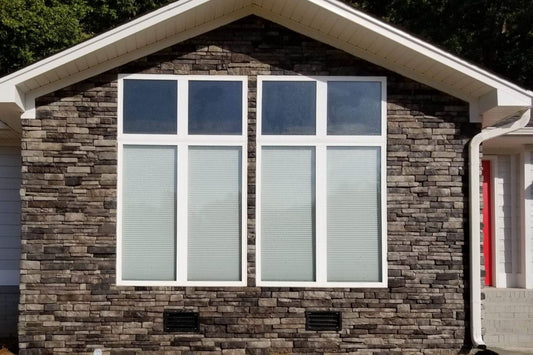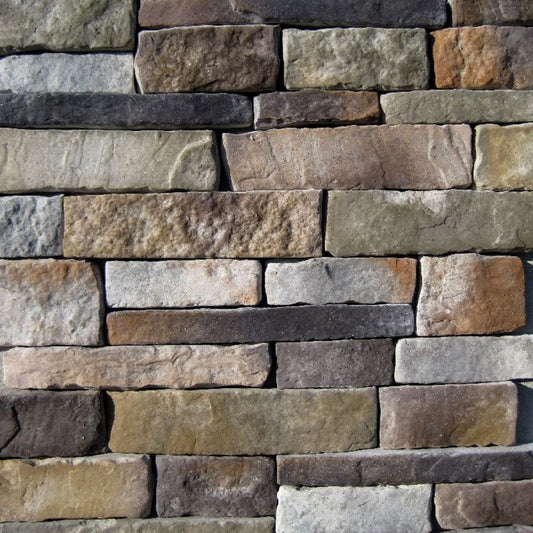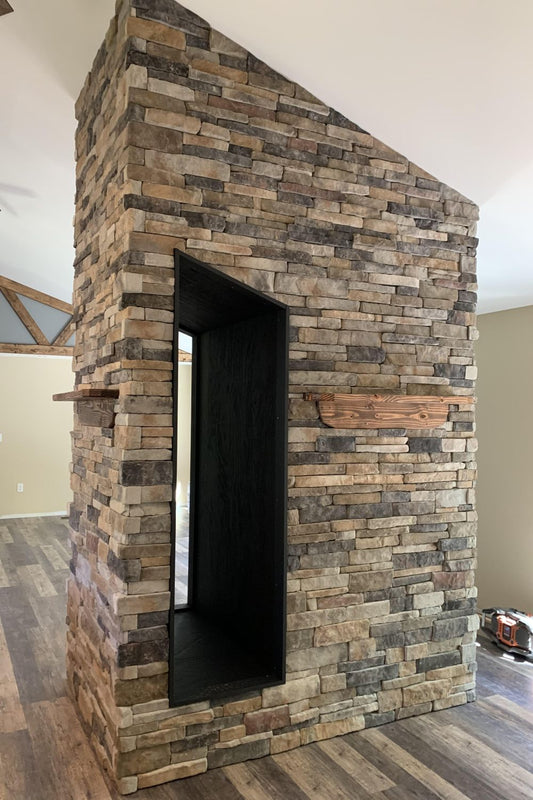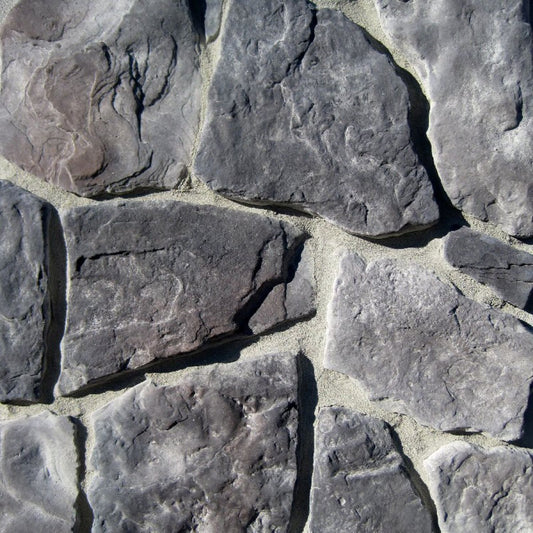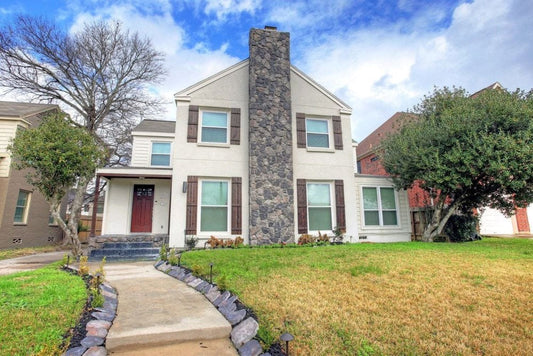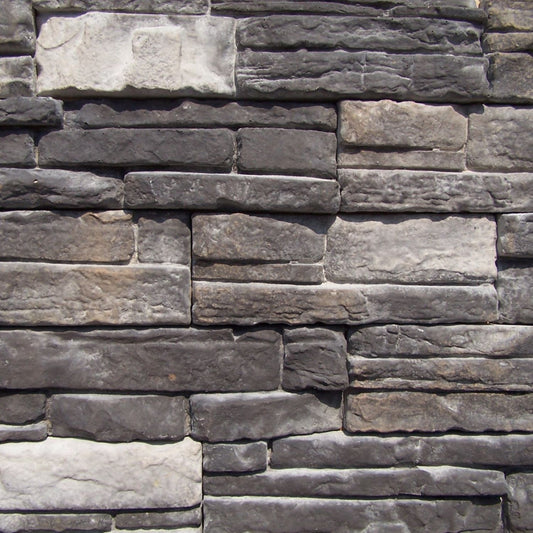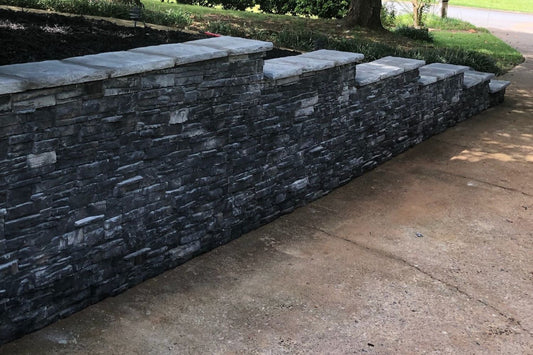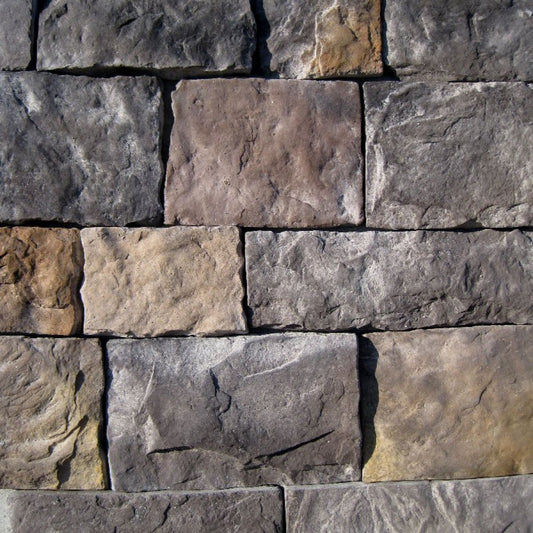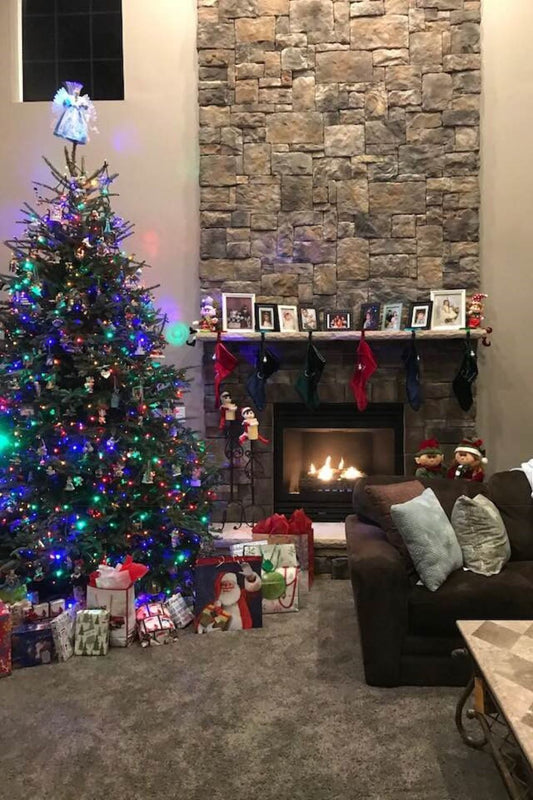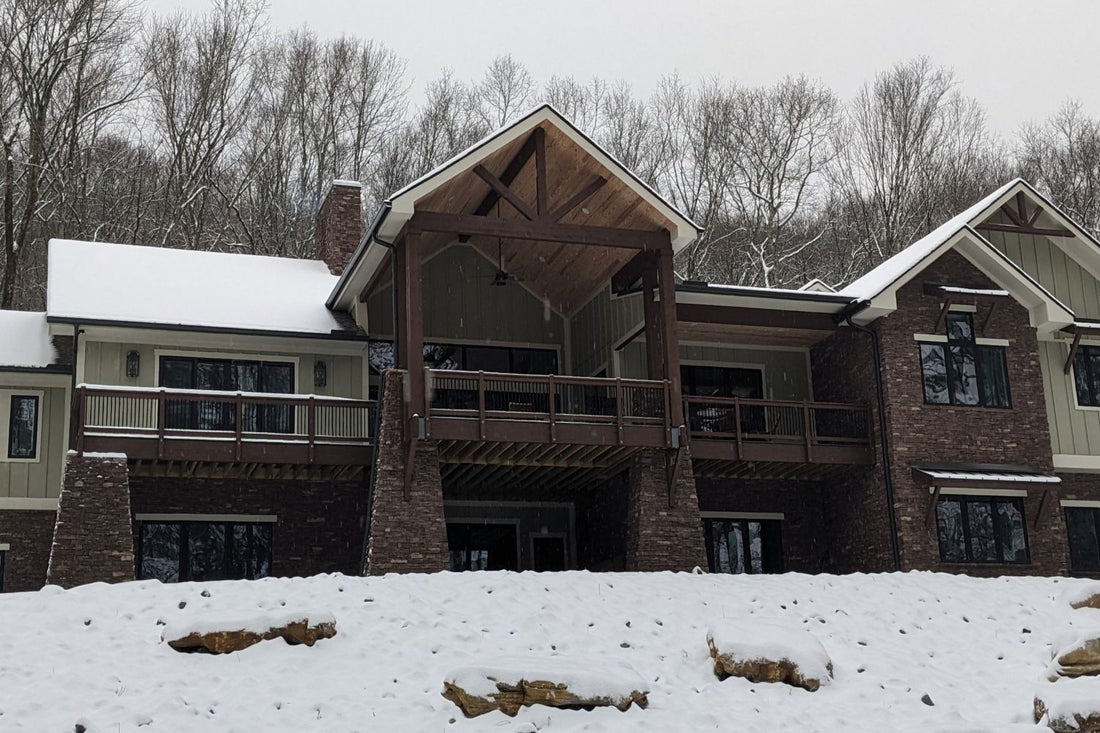
Cold Weather Stone Veneer Installations
Share
Manufactured stone veneer is a popular choice for both residential and commercial exteriors due to its durability, aesthetic appeal, and relative ease of installation. However, installing stone veneer in colder climates presents unique challenges, especially when dealing with freeze/thaw cycles and prolonged exposure to cold outdoor temperatures. Here’s what you need to know to ensure a successful installation that lasts.
Challenges of cold weather installations
1. Adhesion issues: cold temperatures can slow down the curing process of mortar and adhesives, making it difficult to achieve a strong bond between the stone veneer and the substrate.
2. Freeze/thaw damage: water infiltration can be a major concern in colder climates. If moisture seeps behind the veneer and freezes, it expands, potentially causing cracking, loosening, and long-term structural damage.
3. Material handling: manufactured stone veneer can become brittle in very low temperatures, making it more prone to chipping or breaking during handling and installation.
Best practices for installing stone veneer in cold climates
1. Plan around the weather: if possible, schedule installation during milder weather conditions, ideally when temperatures are above 40°F (4°C). If installation in colder weather is unavoidable, consider temporary enclosures or heating solutions to create a stable working environment.
2. Prevent moisture infiltration: use a proper drainage system by installing a water-resistant barrier behind the veneer to prevent moisture from getting trapped.
3. Apply a high-quality sealant: a breathable masonry sealer can help protect the stone from moisture infiltration while allowing vapor to escape, reducing the risk of freeze/thaw damage.
4. Ensure proper flashing: properly installed flashing around windows, doors, and other penetrations will help divert water away from vulnerable areas.
5. Allow for expansion and contraction: materials expand and contract with temperature fluctuations. Using control joints and leaving space for expansion will help prevent cracking or displacement due to temperature changes.
Long-term maintenance tips for cold climates
1. Inspect regularly: check for any cracks or loose stones and repair them immediately to prevent moisture from seeping in.
2. Keep surfaces clear of snow and ice: avoid using de-icing salts, which can damage the veneer. Instead, use sand or a non-corrosive deicer.
3. Reapply sealant as needed: over time, sealants can wear down. Reapplying a protective coating every few years can help prolong the lifespan of your stone veneer.
Cold weather stone veneer installations
Installing manufactured stone veneer in cold climates requires extra precautions, but with the right techniques, materials, and maintenance, you can enjoy a beautiful and long-lasting stone finish. By understanding the effects of freeze/thaw cycles and taking steps to protect your installation, you’ll ensure that your investment stands up to the harshest winter conditions.
What's next?
Bring the beauty of stone to your space! Shop now or order a sample to see the quality up close. Start your project today!
Have a question?
Please see our full terms of service.
For general information and questions please call: (864) 882-8960 Mon. - Fri. 8am - 5pm (EST) or email: info@mountainviewstone.net we are more than happy to help you.
Or you can submit your questions via our contact us page.
We look forward to working with you on your upcoming project.
The Mountain View Stone Team

